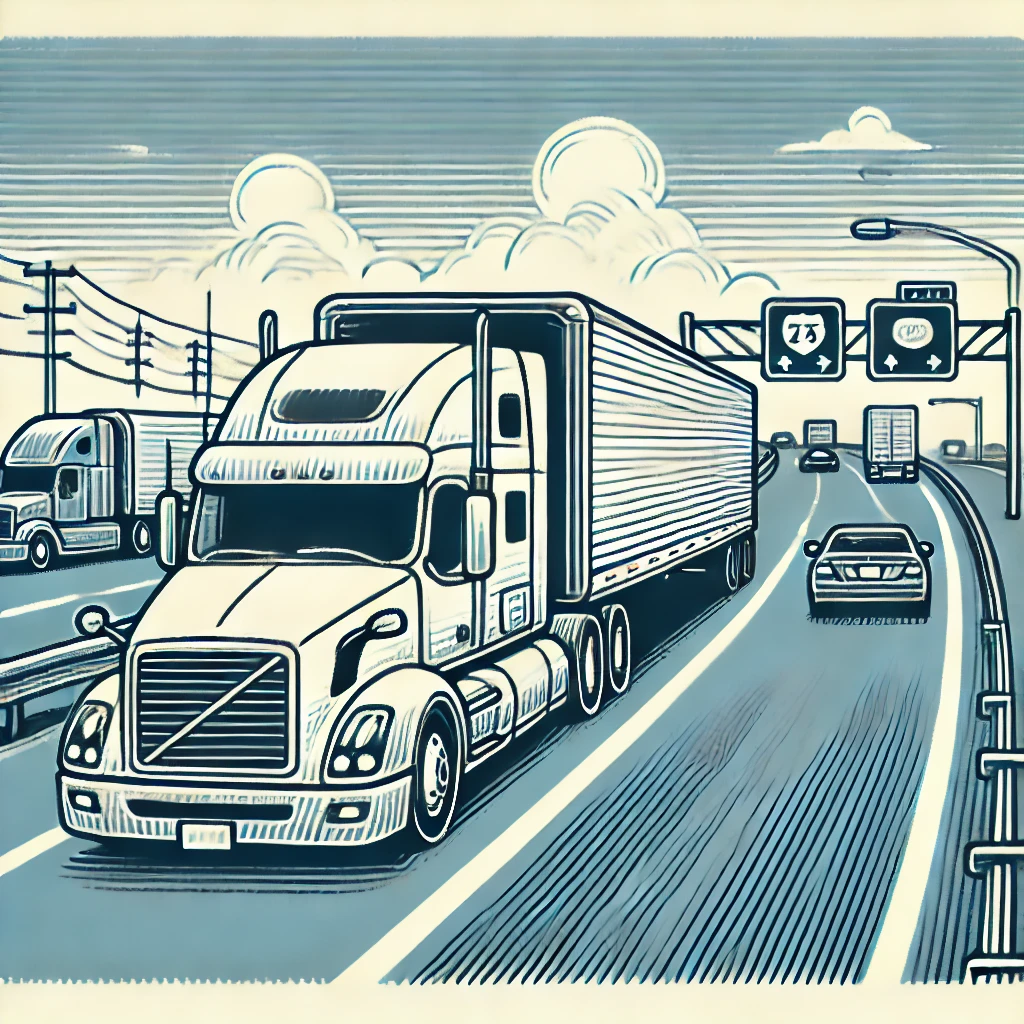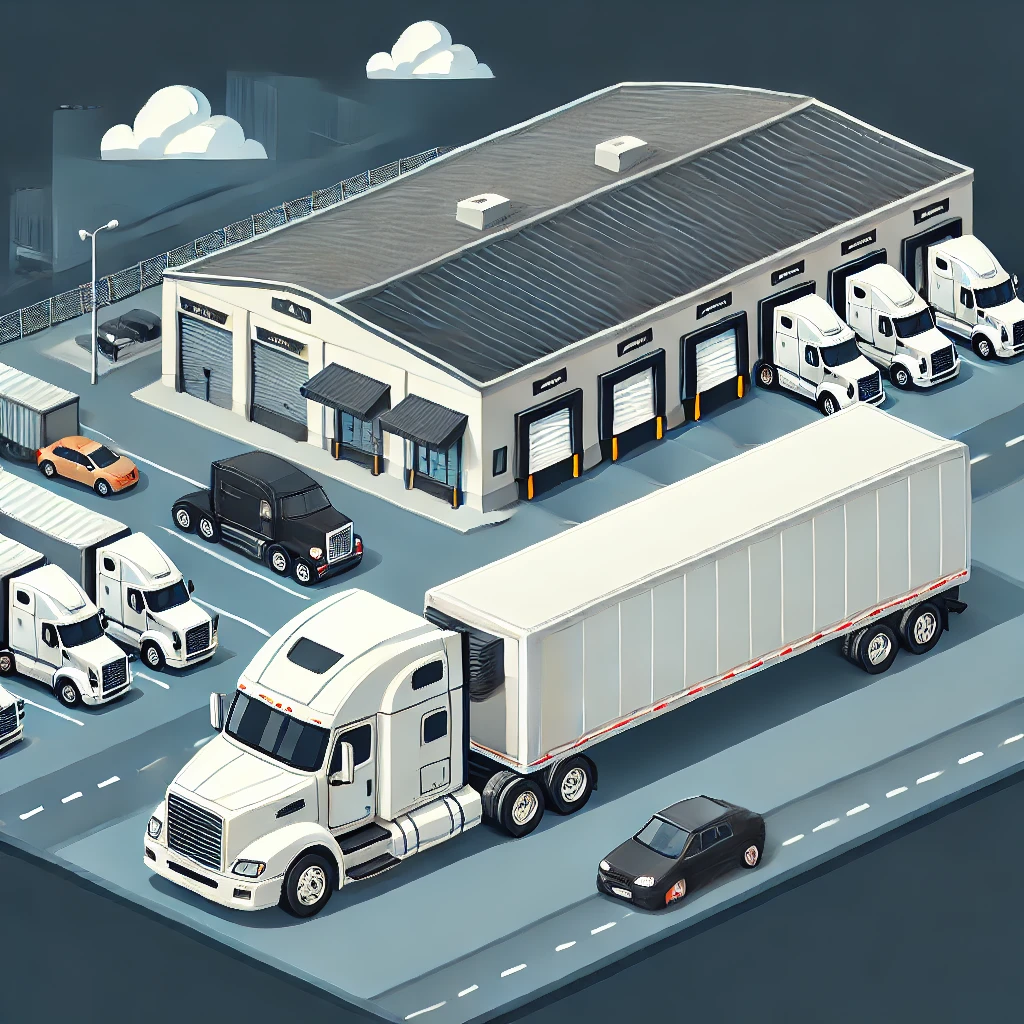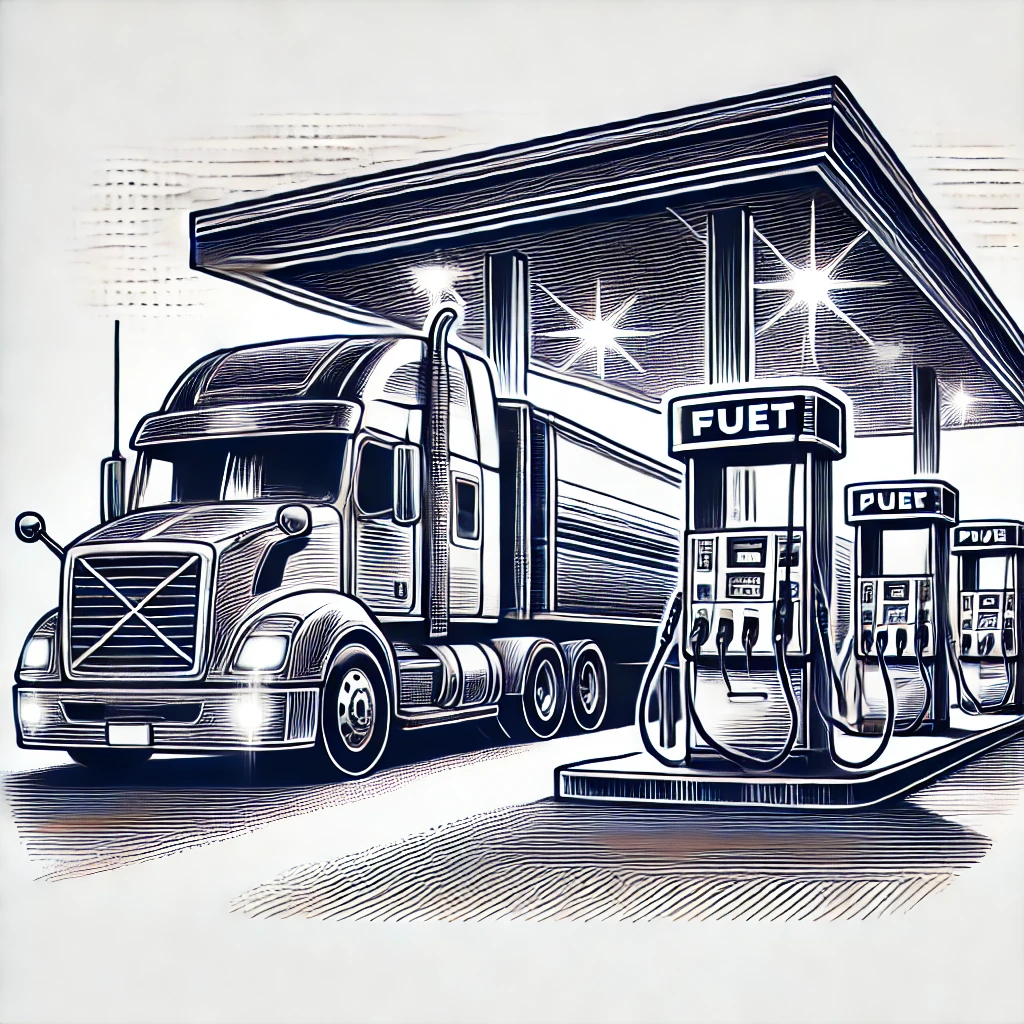What is a Bobtail Truck? Understanding the Backbone of Short-Haul Trucking

Defining the Bobtail Truck
A bobtail truck, often simply called a “bobtail,” refers to a semi-truck (tractor) that is driving without a trailer attached. The term “bobtail” comes from the appearance of the truck – much like a bobcat or other animal with a short, stubby tail.
Key characteristics of a bobtail truck include:
- No attached trailer
- Shorter overall length compared to a full tractor-trailer combination
- Increased maneuverability
- Typically used for short-haul operations or when returning to a depot after delivering a load
Bobtail Truck Dimensions and Specifications
Understanding the dimensions of a bobtail truck is crucial for fleet managers, drivers, and logistics planners. While exact measurements can vary based on the specific make and model, here are some general specifications:
- Length: Typically 20-30 feet
- Width: Usually around 8.5 feet
- Height: Approximately 13-14 feet
- Weight: Can range from 15,000 to 25,000 pounds, depending on the model and fuel load
These compact dimensions, especially when compared to a full tractor-trailer combination, give bobtail trucks distinct advantages in certain situations.
Uses and Advantages of Bobtail Trucks
Bobtail trucks serve several important functions in the trucking industry:
- Repositioning: Drivers often use bobtail trucks to travel between drop-off and pick-up locations efficiently.
- Urban Deliveries: The shorter length and increased maneuverability make bobtail trucks ideal for navigating city streets and tight spaces.
- Maintenance Trips: When tractors need servicing, they can easily travel to maintenance facilities without the added length of a trailer.
- Fuel Efficiency: Without the weight of a trailer, bobtail trucks can achieve better fuel economy on necessary trips without cargo.
- Versatility: Bobtail trucks can quickly adapt to different trailers and cargo types as needed.
Challenges and Considerations
While bobtail trucks offer numerous advantages, they also present some challenges:
- Reduced Traction: Without the weight of a trailer, bobtail trucks may have less traction on the drive wheels, potentially affecting handling, especially in adverse weather conditions.
- Different Driving Dynamics: Drivers must adjust their driving style when operating a bobtail truck due to the change in weight distribution and handling characteristics.
- Efficiency Concerns: While necessary, bobtail trips are often considered “deadhead” miles, as the truck isn’t carrying cargo and thus not generating revenue.
- Regulatory Considerations: In some jurisdictions, there may be specific rules or restrictions regarding bobtail truck operations. visit DOT for more inf.
Bobtail Trucks in the Modern Logistics Landscape
As the logistics industry evolves, the role of bobtail trucks is changing too. Here’s how these versatile vehicles fit into the modern supply chain with delivery software:
- Last-Mile Delivery: With the growth of e-commerce, bobtail trucks are increasingly used for last-mile deliveries in urban areas.
- Intermodal Operations: Bobtail trucks play a crucial role in intermodal transportation, efficiently moving between different modes of transport like rail yards and ports.
- Flexible Fleet Management: The ability to quickly attach or detach trailers allows for more flexible and responsive fleet management.
- Specialized Services: Some industries require the maneuverability of bobtail trucks for specialized deliveries or services.

Linbis: Optimizing Bobtail Truck Operations
Recognizing the unique challenges and opportunities presented by bobtail truck operations, Linbis has developed innovative solutions to optimize these essential vehicles:
- Real-Time Tracking: Linbis’s advanced GPS tracking system provides real-time visibility of bobtail trucks, enabling better route planning and reducing unnecessary “deadhead” miles.
- Smart Dispatching: By leveraging AI and machine learning, Linbis’s platform can intelligently match available bobtail trucks with nearby pickup locations, maximizing efficiency and minimizing empty trips.
- Route Optimization: Linbis’s algorithms consider traffic patterns, delivery schedules, and truck specifications to suggest the most efficient routes for bobtail trucks.
- Maintenance Scheduling: The system helps fleet managers schedule preventive maintenance for bobtail trucks during periods of low demand, minimizing downtime.
- Performance Analytics: Linbis provides detailed analytics on bobtail truck utilization, fuel efficiency, and driver performance, enabling data-driven decision-making for fleet optimization.
- Integration Capabilities: Linbis’s platform seamlessly integrates with other transportation management systems, ensuring smooth information flow across the entire supply chain.

The Future of Bobtail Trucks
As we look to the future, several trends are likely to impact bobtail truck operations:
- Electrification: With the push towards sustainability, we may see more electric bobtail trucks, especially for urban operations.
- Autonomous Technology: While fully autonomous trucks are still in development, bobtail trucks could be early adopters of this technology for specific use cases.
- Advanced Telematics: Expect to see even more sophisticated onboard systems providing real-time data on vehicle performance, driver behavior, and route efficiency.
- Flexible Design: Future bobtail trucks may feature modular designs, allowing for quick conversion between different configurations based on operational needs.

Conclusion
Bobtail trucks, while often overlooked, play a vital role in the trucking and logistics industry. Their versatility, maneuverability, and efficiency make them indispensable for various short-haul operations, from repositioning between loads to navigating urban delivery routes.
Understanding what a bobtail truck is, its capabilities, and its challenges is crucial for anyone involved in trucking and logistics. As the industry continues to evolve, embracing innovative solutions like those offered by Linbis will be key to maximizing the efficiency and effectiveness of bobtail truck operations.
By leveraging advanced technology for real-time tracking, smart dispatching, and route optimization, companies can turn the challenges of bobtail operations into opportunities for improved efficiency and cost savings. As we move into the future, the humble bobtail truck, backed by cutting-edge logistics technology, will continue to be a crucial component in the ever-changing landscape of global transportation.
